The Best LGBTQ Books of All Time

Books are gay. And we love them for it.
Despite conservatives’ best efforts to ban books from LGBTQ authors from schools, the gay written word is having a Renaissance like never before. LGBTQ books for YA audiences are filling up library shelves faster than Republican politicians can throw them away. And this trend is here to stay. So to celebrate queer books and their importance to our culture, I’m compiling a list of the greatest LGBTQ literary works of all time. These books walked so modern LGBTQ books could fly. If books could walk. Or fly. Whatever, it’s a metaphor. Books have those, right?
Giovanni’s Room, James Baldwin
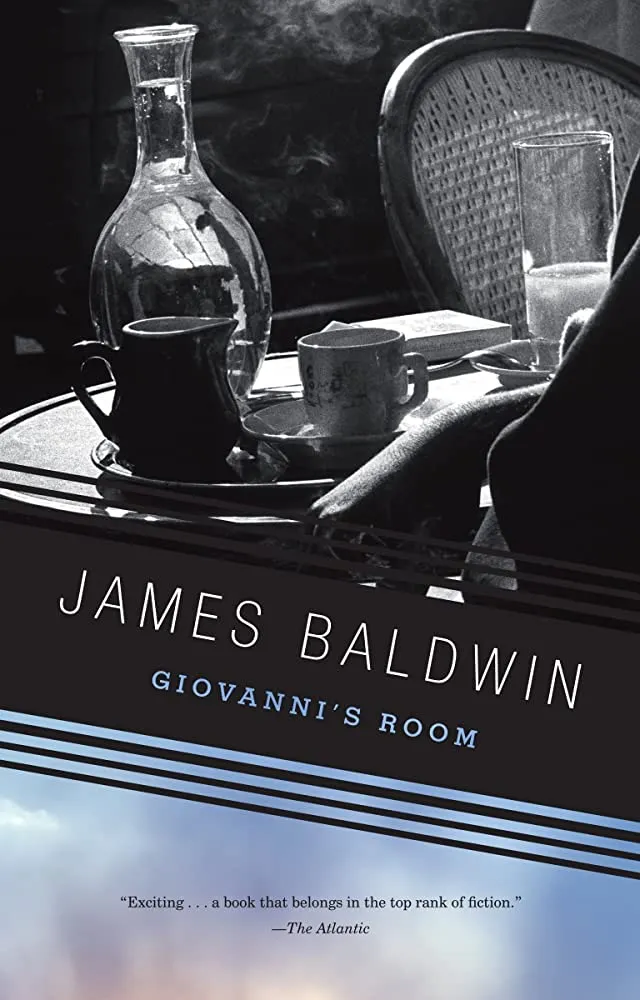
Penned by one of the greatest authors and essayists to ever live, Baldwin’s novel is one of the finest love stories ever told. Set in Paris (where Baldwin himself lived as an American ex-pat), the story centers on an American named David recalling his relationship with a young Italian bartender named Giovanni. Before meeting Giovanni, David became engaged to a woman named Hella who is away in Spain. As David begins to fall deeper and deeper in love with Giovanni, his own internal shame dogs at the heels of his desires. The novel dives deep into their passionate affair and the stigmatization they face from society, described with the fiery wit and pulsing heart for which Baldwin’s writing is known.
Stone Butch Blues, Leslie Feinberg

Feinberg’s work was a gritty and groundbreaking look into the life of butch lesbians in the middle part of the 20th century. The story centers on Jess Goldberg, a young lesbian who grew up on a farm in upstate New York in the 1940s. After being institutionalized by her parents for her attempts at embracing a butch identity, she seeks solace in the local gay community. She recounts her time spent in Buffalo in the 1970s, where she and other queer people like her were subject to abuse and sexual assault from local police and homophobic townspeople. While the contents of the novel are brutally dark, the silver lining is the love that she shares with other lesbians who embrace her identity as a stone butch.
Orlando: A Biography, Virginia Wolf
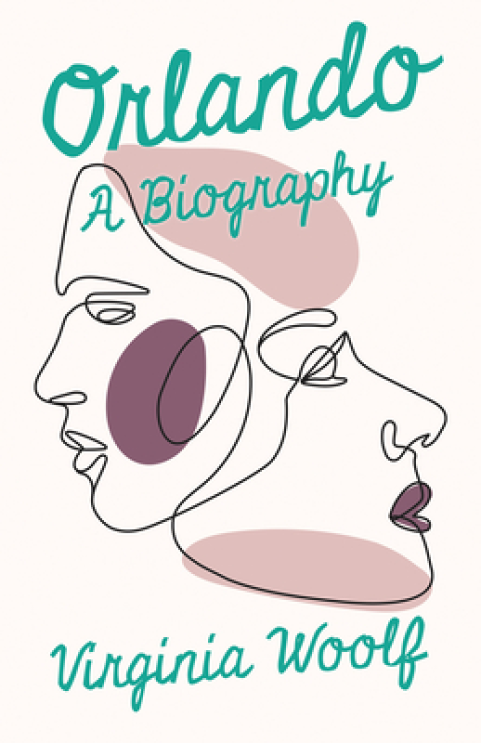
This novel is notable for its departure from the trappings of realism-based storytelling to instead favor fantastical characters that romp through time, space, and gender. The story begins in the Elizabethan era, centering on a nobleman and poet named Orlando. The first half of the book concerns Orlando’s navigation of his male-dominated world as a man himself. However, during the second half of the book Orlando is suddenly changed into a woman. She is transported across the 18th and 19th centuries and must live as a woman does. While a scathing social satire, this novel also serves as one of the first trans allegories.
Song of Achilles, Madeline Miller

While it is only a decade old, this modern retelling of The Iliad is quickly becoming a hallmark of queer romantic fiction and is likely to stand the test of time. The story centers around Patroclus, a sensitive young boy of noble birth who, due to a tragic accident, is sent away from his family to live in a neighboring kingdom. While he is there, he meets the godlike Achilles, beautiful and perfect in every way. The boys become inseparable friends and later blossom into lovers during their teenage years. Their relationship is tested when the Greeks are called to war against the Trojans, but not even the gods can separate these lovers, no matter how they try.
The Color Purple, Alice Walker
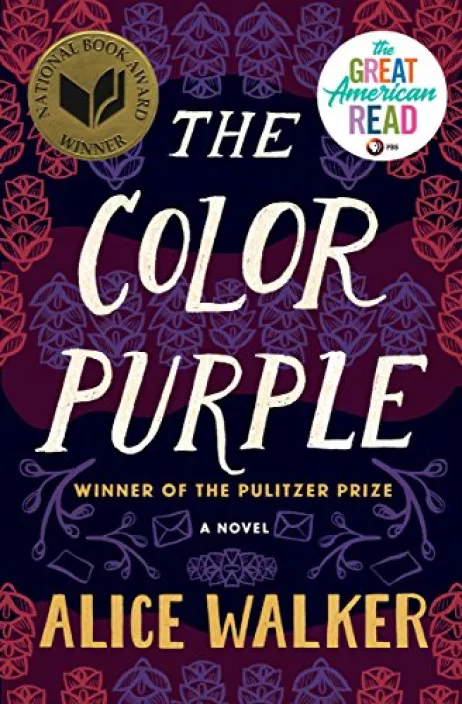
This novel is a mainstay of queer Black fiction, and one of the most celebrated literary works ever conceived (and also a pretty badass musical). Told in an epistolary format, the story takes place in rural Georgia during the early 20th century and follows the life of Celie, a young Black woman. Celie’s life is marred with abuse, which she chronicles in her frequent letters to God. She is impregnated by her father as a teenager and forced to bear his children. She is later married off to an abusive man named Mister but soon finds comfort and love in the arms of a jazz singer named Shug Avery. Through Shug’s influence, Celie is able to attain a spiritual awakening and redefines her concept of God. The novel is a study of perseverance in the face of hardship, and the communion of the sexual and the spiritual.
The Price of Salt, Patricia Highsmith
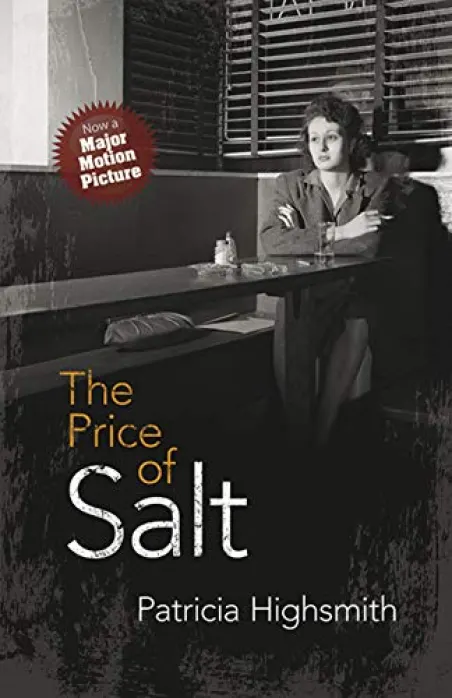
The Price of Salt was published by Highsmith in 1952 under the pseudonym Claire Morgan. The novel concerns a lesbian relationship in a time when such themes were not widely explored in literature. The story follows Therese Belivet, a young woman working as a department store clerk in New York City during the 1950s. Belivet is discontented with her life and is unhappy with her job and her boyfriend Richard. Everything changes when the Fire Nation attacks, and when I say “Fire Nation” I mean a hot older woman named Carol who attacks Therese’s young heart. Yes Harold, they are lesbians. And yes, this is the book that inspired the standout lesbian film Carol. Just like in the film, the pair begin a clandestine and achingly beautiful love affair. And just like in the film, it all goes to shit.
The Picture of Dorian Gray, Oscar Wilde

Penned by the finest queer playwright since Shakespeare (c’mon, he was totally bi at least), Oscar Wilde tells the story of one of gay fiction’s few queer-coded villains. The story is set in 1890 and concerns a charming and erudite young man named Dorian Gray, who entertains droll intellectuals and gets his portrait painted by an artist named Basil Hallward. Upon seeing the portrait, Dorian realizes that his youthful looks will someday fade, and wishes that the painting would age instead of him. In a dark twist of fate, his wish comes true. Dorian indulges his fancies in a hedonistic lifestyle, remaining eternally young while the painting ages and scars with his every debauchery. As Dorian’s morality degrades, he is determined to keep his secret safe at any cost. Even at the cost of SOMEBODY’S LIFE. Naughty Dorian.
Detransition, Baby, Torrey Peters

This 2021 novel quickly became one of the most celebrated explorations of the trans experience in recent history. Like The Song of Achilles, I’m confident that this book will stand the test of time. The story centers around three main characters and their relationships to each other and their children. One of the main characters is Reese, a trans woman who has recently undergone gender-affirming surgery. Her former lover Ames, a cis man who once identified as a trans woman but detransitioned, reveals to Reese that he has impregnated his boss, a cis woman named Katrina. Ames suggests to Reese that the three of them raise the child together as a family. It gets as messy as it sounds. The novel is a beautiful and painful exploration of the transfeminine experience in a cisgender world that often treats such people with derision and violence, and the struggle to raise a healthy child in that world.
Middlesex, Jeffrey Eugenides
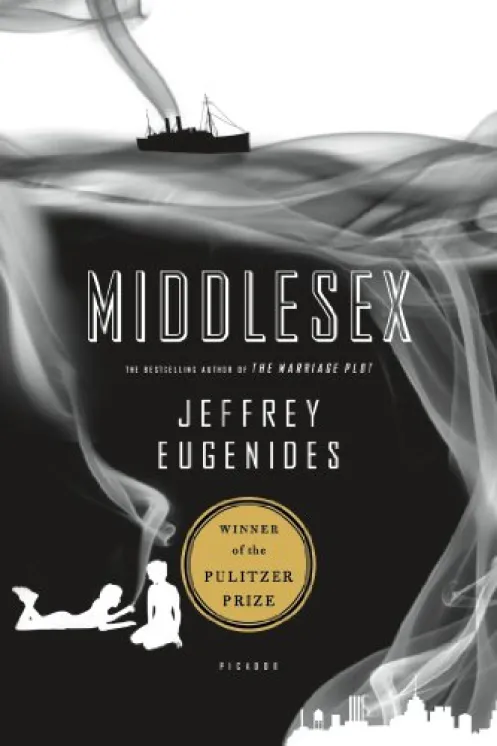
This classic novel is one of the rare few that centers around the intersex experience. It tells the story of the Stephanides family over multiple generations, with extra emphasis on the protagonist Cal Stephanides. Cal was born intersex, yet was assigned female at birth and raised as a woman. As Cal comes of age, he realizes that he identifies as a man and undergoes gender reassignment surgery. The narrative then dives back into the family’s past, revealing that the family carries a recessive gene that causes a condition known as 5-alpha-reductase deficiency, which leads to intersexuality. The novel explores how Cal’s ancestors dealt with the condition, which sheds light on how he himself must navigate the world and his personal relationships.
Zami, Audre Lorde
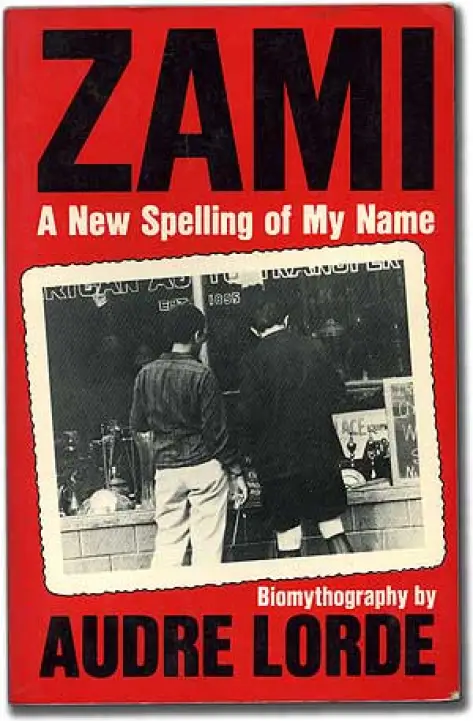
This 1982 memoir serves as a coming-of-age story for one of history’s finest authors, Audre Lorde herself. It begins in 1940s Harlem and focuses on Lorde’s experiences growing up as a young Black woman in New York City. The first part of the novel explores Lorde’s family and childhood, while later chapters revolve around her coming to terms with her identity as a queer woman and her dreams of becoming a writer. One of the most tender parts of the novel concerns her budding romantic relationship with a woman named Ginger, and the personal growth she experiences as a result. The memoir not only explores aspects of Lorde’s life but also serves as a historical diary highlighting the inequalities and prejudices that she had to suffer as a queer woman of color. In the end, the memoir is a study of self-acceptance and empowerment in a world that is hostile to both racial and sexual minorities.
(featured image: Apple TV+)
Have a tip we should know? [email protected]
